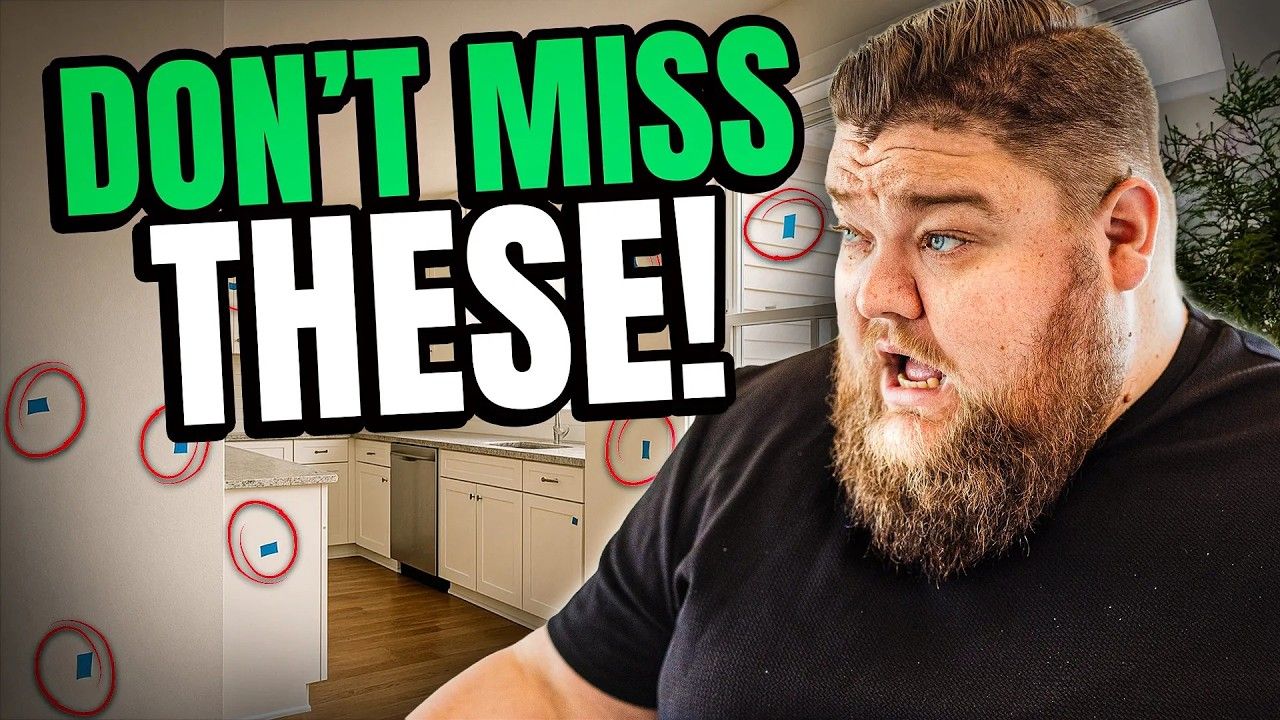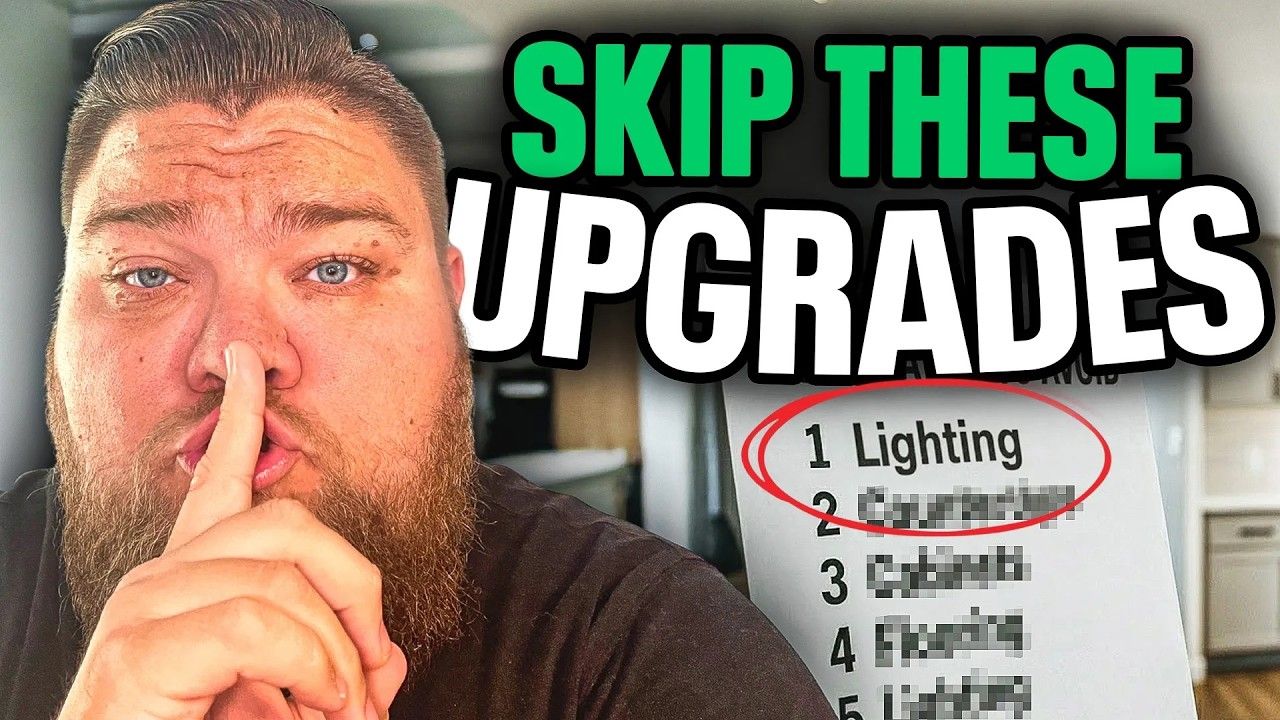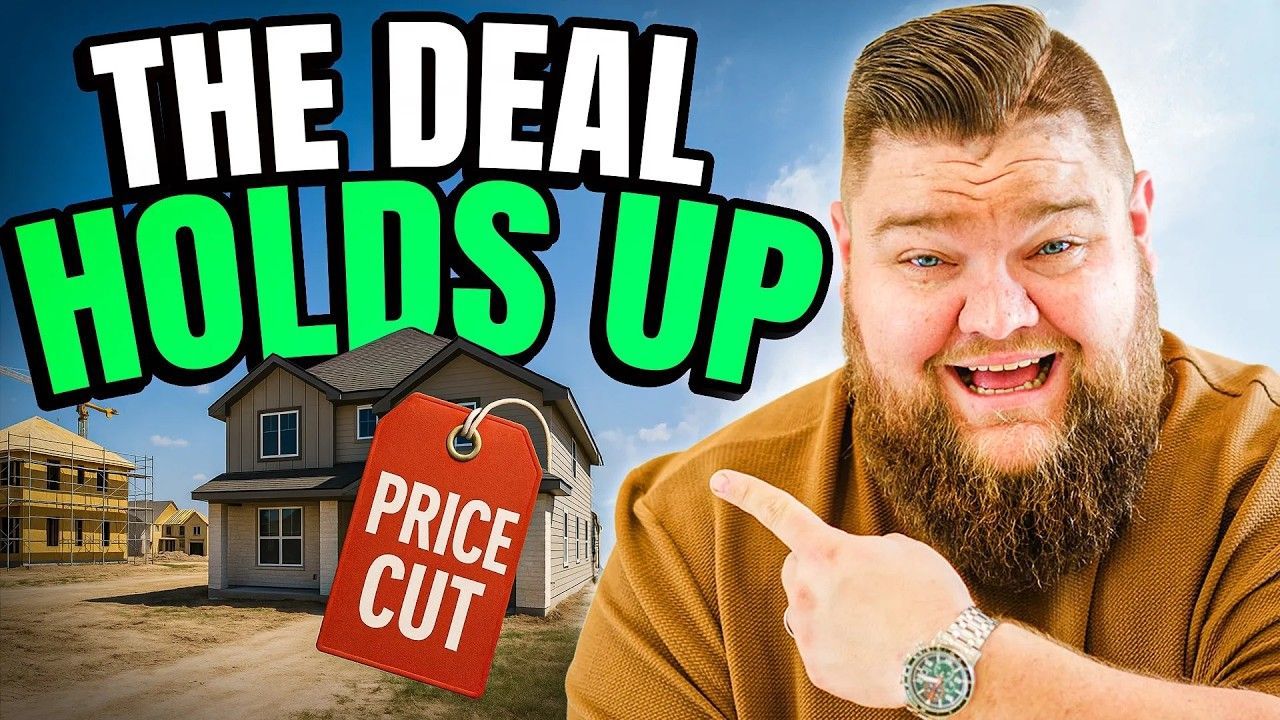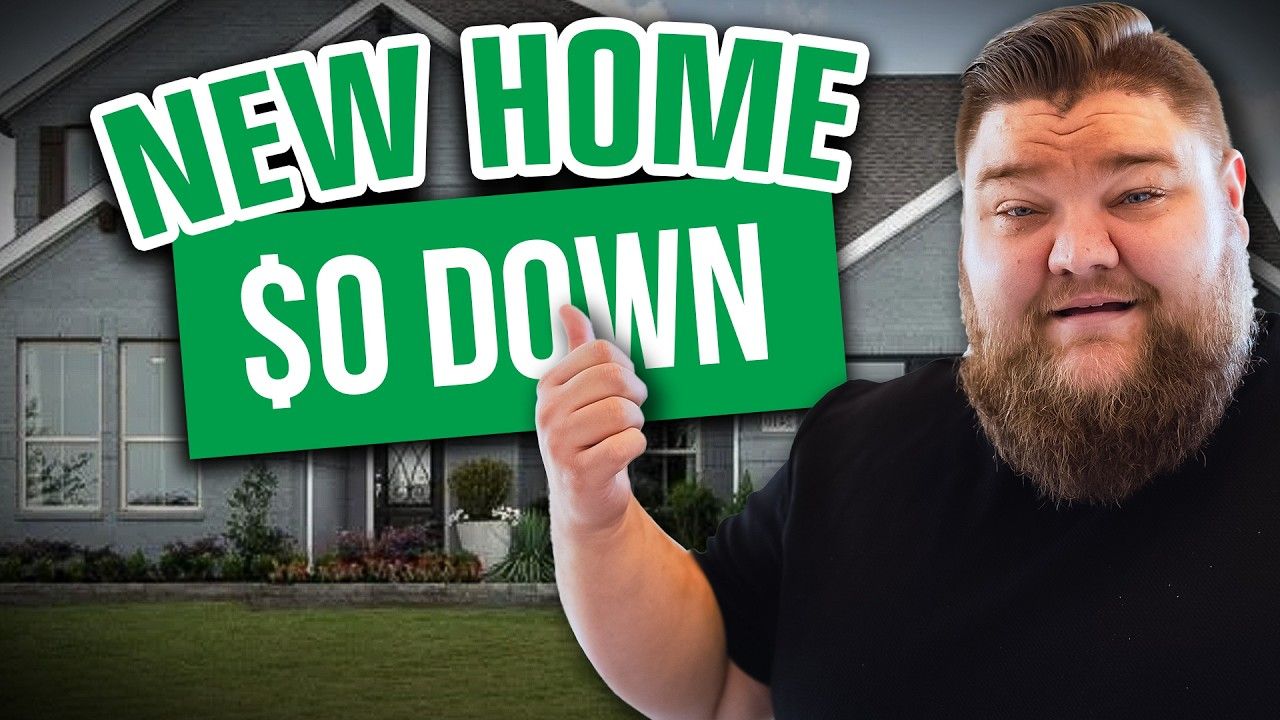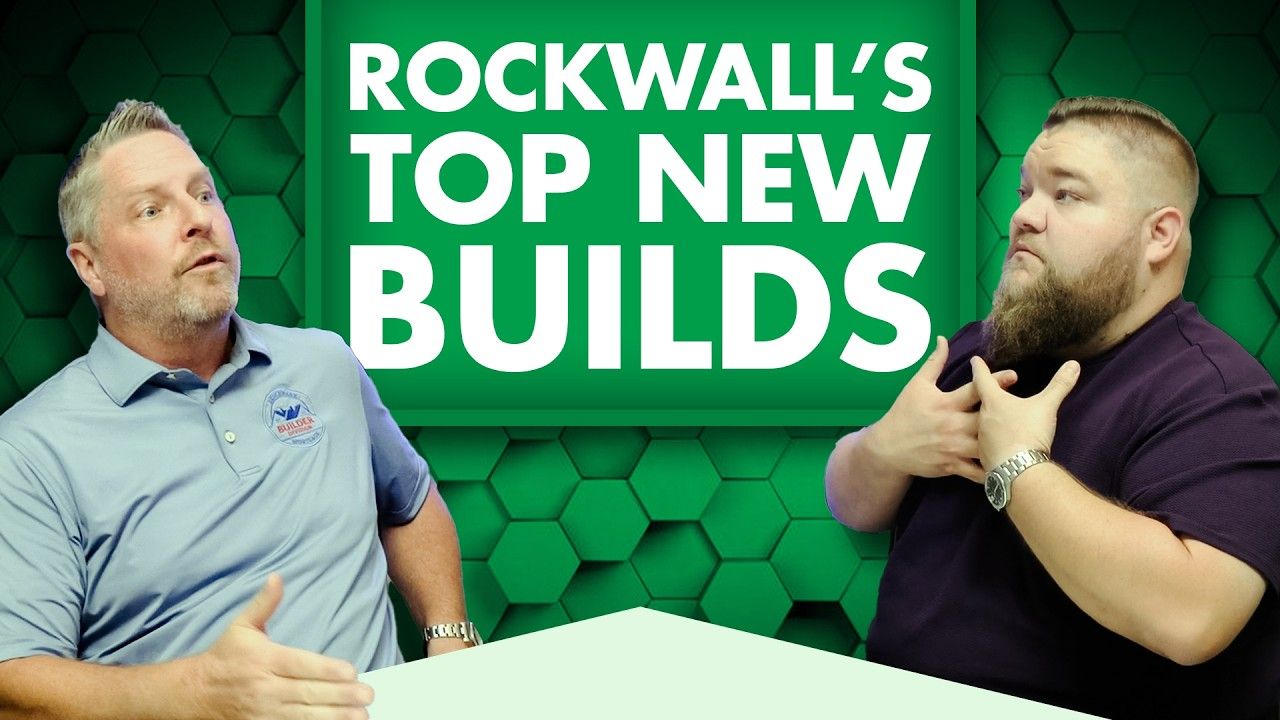DFW Builders Dropped Their 2026 Predictions and Buyers Aren’t Ready
The DFW housing market forecast 2026 is shaping up to be a year of opportunity if you know where builders are feeling pressure and where they are willing to bend. I sat in a candid conversation with builder executives and mortgage leaders and came away with a few patterns that matter to anyone planning to buy, build, or invest in Dallas–Fort Worth during the next 12 to 18 months.
Table of Contents
- Introduction
- Affordability Is Improving, But Look Beyond Mortgage Rates
- Traffic Is Down, But The Buyers Who Show Up Are Serious
- Margins Are Tightening: Expect Changes To Standard Features
- Geography Matters: Why Northern DFW Is A Special Case
- Where To Find The Best Opportunities In The DFW Housing Market Forecast 2026
- What Builders Want: More Relational Selling And Fewer One-Offs
- Inventory vs. Build-To-Order: Two Different Stories
- Big-Picture Projections In The DFW Housing Market Forecast 2026
- Practical Steps To Take Now As A DFW Buyer
- How To Make The DFW Housing Market Forecast 2026 Work For You
- FAQs About The DFW Housing Market Forecast 2026
- Final Thought
Introduction
Developers and lenders are balancing tighter margins, rising ancillary costs, and a slower flow of showroom traffic. Yet they also expect transaction volume to pick up in 2026. That contradiction is the core of the DFW housing market forecast 2026: affordability has nudged forward a bit, but rising taxes and insurance keep many buyers on the sidelines. Builders are reacting in ways that will directly affect the options you see, the packages they offer, and how aggressively they will try to win your business.
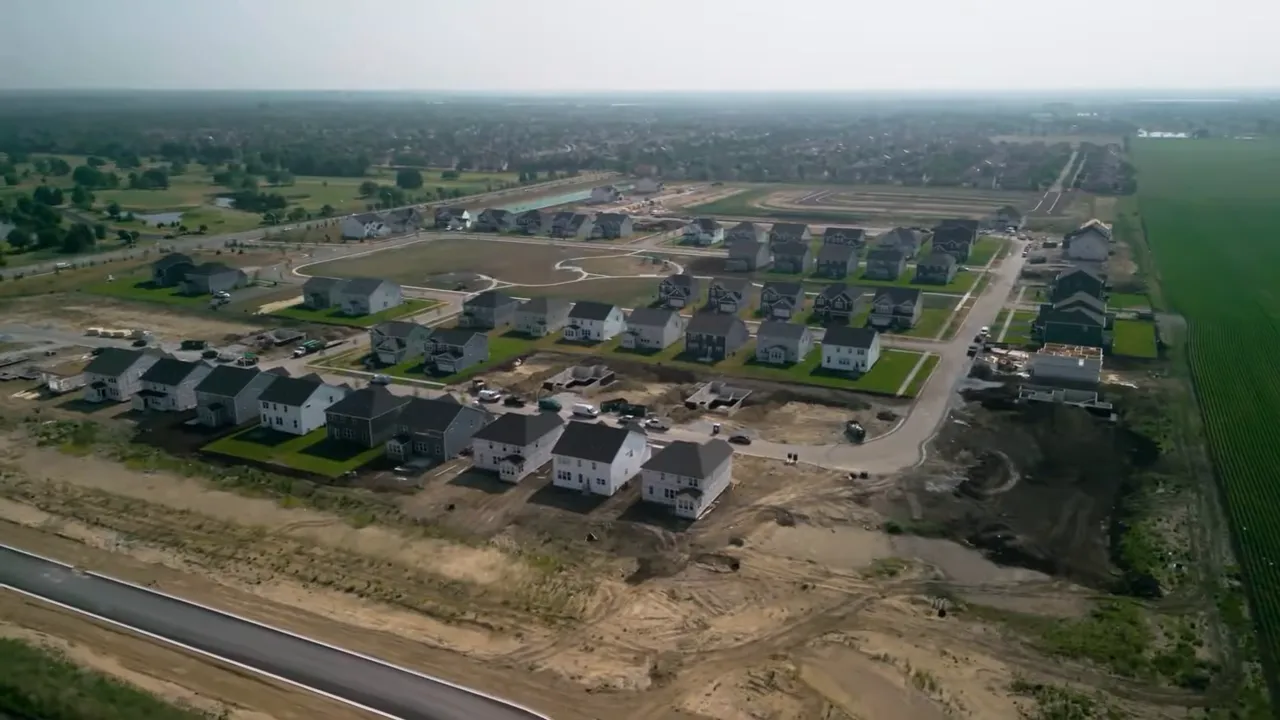
Affordability Is Improving, But Look Beyond Mortgage Rates
One number that kept coming up is payment burden. It eased from 26.7 percent of median income in July of last year to 25.3 percent in July 2025. That kind of movement creates the headline for the DFW housing market forecast 2026, but it hides what most buyers actually feel at the kitchen table.
Affordability is not just the price of the home or the headline mortgage rate. It is the stack: mortgage payment, property taxes, and homeowners insurance. Taxes and insurance increases have eaten a lot of that improvement. Insurance costs have risen dramatically — roughly an 11 percent jump year over year and more than a 60 percent climb over five years — and property tax bills depend heavily on neighborhood valuations.
In DFW, average property tax rates often fall between 1.9 and 2.7 percent. On a $450,000 purchase, that can mean $10,000 or more a year in property taxes alone, depending on the location. That matters for monthly qualifying and for your lived experience of affordability.
Mortgage applications and credit quality are better than you think
Mortgage lenders at the table reported that applications are up and borrower credit scores have in many cases improved. That means the buyers who are active today are often better qualified than the casual window shoppers of the boom years. For the DFW housing market forecast 2026, this implies a buyer pool that is narrower but stronger.
Traffic Is Down, But The Buyers Who Show Up Are Serious
Builders described lower foot traffic into model homes but higher quality from the people who do come in. In practical terms that means fewer at-bats, so builders are being more strategic and more willing to invest in the at-bats they do get. Expect more incentive packages, rate buy-downs, and closing-cost contributions early in 2026 as builders chase qualified buyers.
If you are ready to act, that focus becomes your leverage. Sales teams are being trained to be relational again. They will ask about your story, your timeline, and what matters to your family so they can tailor offers to win your business.
Margins Are Tightening: Expect Changes To Standard Features
Land, development, trades, and material costs remain elevated. Builders told me repeatedly that margins are down from what they expected. When margins compress, builders look for system-wide savings. One of the cheaper levers they pull is reducing standard features across spec homes.
That means a home that was started in late 2025 or early 2026 could carry fewer inclusions than a home priced the same built a year earlier. Examples include interior finishes that were previously standard, upgraded landscaping allowances, or appliance packages. Across a thousand builds, shaving back those items adds up.
There is a second layer to this: sales reps do not always like cuts to standards. In many cases sales teams try to put options back in, or ask for approvals to restore features for particular buyers. If you are building, ask directly what is standard, what has been recently removed, and whether your representative can champion adding it back.
Price moves and mystery discounts
Builders also admitted to tactical price adjustments that their sales teams may struggle to explain. Many communities will see back-and-forth moves: temporarily lowering price to stimulate traffic, then moving dollars into rate buydowns or incentive packages. The result is a market with local price volatility. Higher-price segments generally have more room to flex; the lower-priced end tends to have tighter margins and less negotiation room.
Geography Matters: Why Northern DFW Is A Special Case
Executives expressed concern about the northern corridor — places like Frisco, Prosper, and Celina — because a meaningful portion of demand there has historically come from H1B and other work-based immigration. If visa policy changes reduce that buyer pool, builders sitting on big land positions in the north are worrying about timing and demand.
Some builders are considering rebalancing land portfolios, trading north holdings for options further south, or negotiating differently with developers. This is a complex mix of land economics and national policy risk. For buyers, it means neighborhoods and communities could diverge: some will continue to command premium pricing while others may face sharper adjustments if demand shifts.
Where To Find The Best Opportunities In The DFW Housing Market Forecast 2026
One consistent takeaway: the mid-tier market looks like the sweet spot for opportunity. Buyers with budgets roughly between $400,000 and $750,000 are currently less crowded by competition from first-time buyers focused on affordability programs and from luxury buyers insulated from rates. That midground often has the best chance of finding negotiable inventory or attractive incentives in the DFW housing market forecast 2026.
If your budget lands here, you may see the combination of quality product, motivated builders, and meaningful incentives that create a rare buying window.
 Search For New Construction Deals in DFW
Search For New Construction Deals in DFW
What builders want: more relational selling and fewer one-offs
After a period of high-volume transactional selling, many builders are intentionally reverting to a more relational approach. They want to understand buyer motivations, which helps them package offers that match what buyers actually need. That matters for negotiations: a builder who understands your timeline and priorities is often more willing to structure a deal that fits.
Inventory vs. Build-To-Order: Two Different Stories
Expect two distinct flavors of homes on the market. Inventory specs — houses built without a committed buyer — will trend more generic as builders standardize and reduce options to control cost. Build-to-order homes will remain customizable but may carry longer timelines and stronger price discipline.
If you prefer to move quickly, inventory can be an attractive short-term solution, but be prepared to do upgrades after closing. If you want features included, building on a contract might let you negotiate items back in, especially if sales reps are motivated to win your contract.
Big-Picture Projections In The DFW Housing Market Forecast 2026
The major mortgage agencies and big lenders are projecting a modest rate decline by the end of 2026. For practical planning, the consensus used by executives at the table predicted mortgage rates landing under 6 percent — roughly in the low 6s by the end of 2025 and around 5.9 percent by the end of 2026.
On transactions, the aggregated forecast shows a bump in activity. The projection for 2025 was roughly 4.72 million home sales, and 2026 is modeled at about 5.16 million transactions nationally. That anticipated rise in volume means builders expect more buyers to return to the market, potentially creating a wave of demand once sidelined prospects decide to act.
Practical Steps To Take Now As A DFW Buyer
- Run the full budget stack — include mortgage payment, taxes, insurance, HOA, and utilities when calculating affordability.
- Ask about standard versus optional features — get a current list and confirm what has been removed or added recently.
- Consider the mid-tier market — buyers between $400k and $750k often have room to negotiate and a variety of options.
- Be ready to act if you qualify — builders will pursue well-qualified buyers aggressively; have preapproval, timeline, and must-haves ready.
- Weigh inventory vs. build — moving fast may cost you some desired features, while building gets customization with a longer timeline.
Core signals to watch through 2026
- Builder incentive trends: are rate buy-downs and closing contributions expanding or retracting?
- Standard feature changes: are builders standardizing down across multiple communities?
- Land transaction activity: are builders shifting purchases from north to south or renegotiating with developers?
- Mortgage application volume and credit quality: sustained increases support a stronger bounce in sales.
- Policy or immigration shifts that could affect buyer pools in high-growth corridors.
Builders told me repeatedly that margins are tighter and that the playbook for the next 12 months will be about targeted incentives and smarter, more relational selling.
How To Make The DFW Housing Market Forecast 2026 Work For You
If you are prepared, the next 12 to 18 months offer a chance to get into a new home with meaningful concessions or to build a home that fits your family without the frenzied competition of the boom years. The best play is to know your numbers, be clear on priorities, and use the current focus on qualified buyers to your advantage.

FAQs About The DFW Housing Market Forecast 2026
What do builders expect for mortgage rates by the end of 2026?
Major lenders and housing agencies are modeling mortgage rates to decline modestly, with a common estimate around 5.9 percent by the end of 2026.
Are builders cutting standard features in 2026?
Yes. Many builders are evaluating their standard packages to save costs. That could mean fewer included upgrades on spec homes; however, sales reps sometimes can negotiate to restore features for specific buyers.
Where are the best buying opportunities in DFW?
The mid-tier market — roughly $400,000 to $750,000 — appears to have the most attractive combination of inventory, incentives, and negotiating room during the DFW housing market forecast 2026.
How much should I budget for property taxes and insurance in DFW?
Property taxes often range from about 1.9 to 2.7 percent of the home value in many DFW locations. Insurance has been rising; recent year-over-year increases averaged around 11 percent, and the last five years show substantially larger growth.
Will changes to immigration policy affect DFW housing?
Potentially. A shrinking H1B or work-visa pool could reduce demand in high-growth northern corridors like Frisco and Prosper, prompting builders to reassess land strategies and price projections in those markets.
Final Tought
The DFW housing market forecast 2026 is not a single story; it is a set of competing forces. Affordability is inching back, but taxes and insurance are squeezing monthly budgets. Builder margins are tighter, driving cuts to standards and more tactical incentive programs. At the same time, national forecasting points to more transactions in 2026, meaning a potential reopening of the sidelines and a return of competition.
If you are ready and qualified, the period ahead could be one of the best windows to negotiate value and secure a home that fits your life. Prepare your numbers, prioritize your must-haves, and ask the right questions about inclusions and incentives. The market is changing — and being informed will make it work for you.
If you need help buying a home, contact me — call or text 469-707-9077 and I’ll help you find the right property and negotiate the best deal.
READ MORE: Is Forney Texas the Best Affordable Suburb Near Dallas?

Zak Schmidt
From in-depth property tours and builder reviews to practical how-to guides and community insights, I make navigating the real estate process easy and enjoyable.




